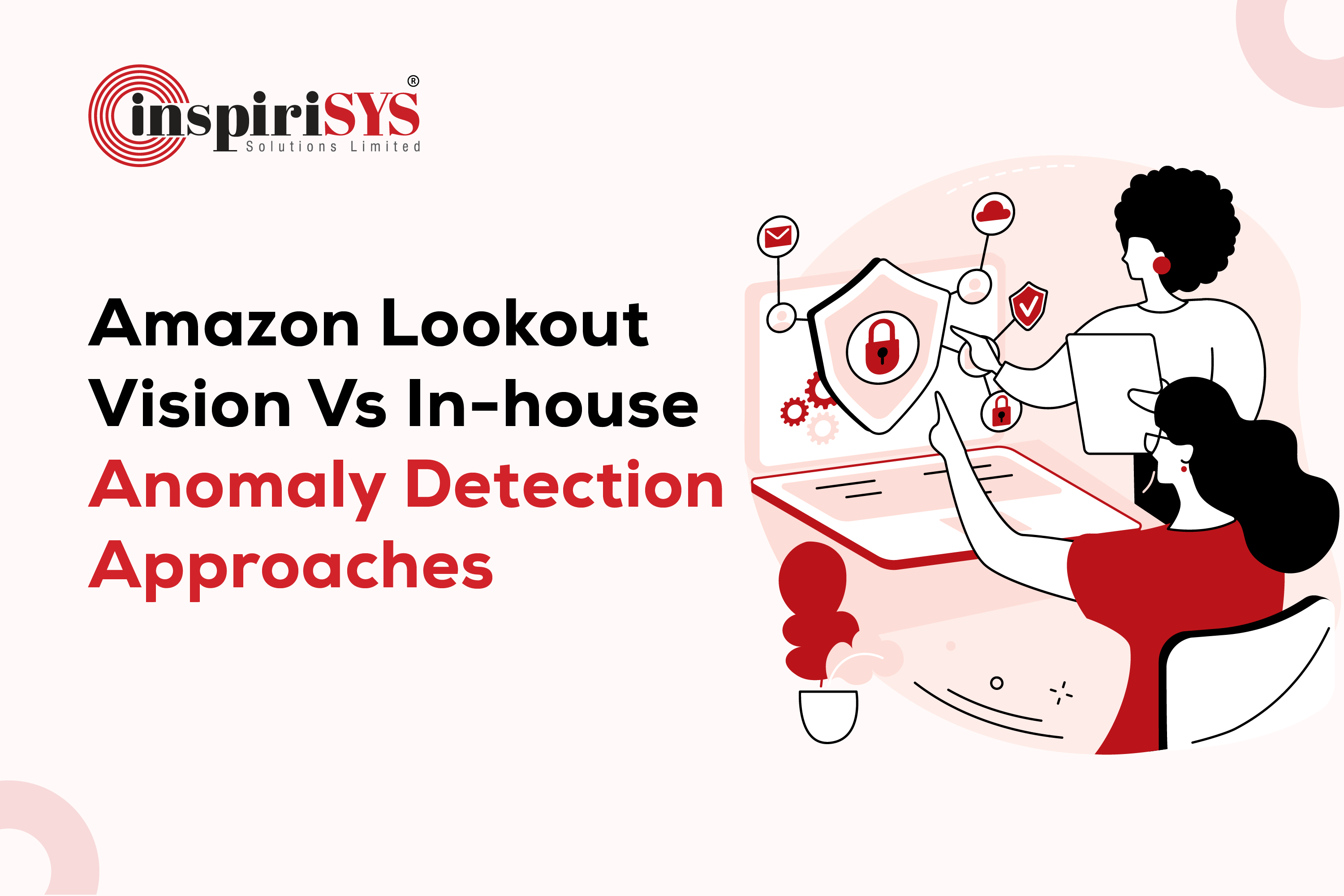Abstract
This work came out as an interesting comparison between Inspirisys' in-house approach for anomaly detection and AWS Lookout on PCB datasets. The focus and intent of comparison are mainly on the algorithmic approaches and not on the state-of-the-art (SOTA) deployment capability of Amazon's managed service AWS Lookout for Vision, which is optimized for deployment in both cloud and edge. Manufacturing pipelines in an industrial setup involve identifying defects on the go at the same throughput of production. This facilitates eliminating errors immediately and avoiding multiplied risks downstream. For risks that can be identified visually or with images, computer vision-based anomaly detection methods are of great help. They also fulfil data privacy and other regulatory requirements, as they do not store any data. In this post, while we demonstrate how to detect defective PCB parts using Amazon Lookout for Vision machine learning (ML) models, we also bring out the advantages of our approach.
Introduction
Visual inspection is a key aspect of maintaining the quality of production. It's used throughout the manufacturing domain to decrease the number of defective parts and increase the overall yield of any process. On the other hand, visual inspection is difficult to implement while staying lean, as the costs for dedicated human inspection resources are high. Manual visual inspection is also a high-churn operation, as it is very repetitive and can be visually challenging.
To that end, automatic visual inspection with cameras and machine learning was created and completely changed the game. Visual inspection algorithms based on machine learning have advanced to the point where they surpass human performance, in both time and accuracy.
Lookout for Vision is an ML service that helps spot product defects using computer vision to automate quality inspection processes in manufacturing lines. It is a fully managed service for Anomaly detection to build, train, optimize, and deploy Anomaly classification models in the AWS Cloud or Edge. Amazon Lookout for Vision can be deployed on any NVIDIA Jetson edge appliance or x86 compute platform running Linux with an NVIDIA GPU accelerator. Amazon Lookout for Vision generates standard performance metrics like precision or recall, as well as the number of correct and incorrect predictions (normal or anomaly).
Lookout Solution overview
Look out for Vision model is trained using cloud computing services to identify defective and normal printed circuit boards. There are choices of models to be packaged as an AWS IoT Greengrass component and deployed on an NVIDIA Jetson edge device using the AWS IoT Greengrass console. Printed circuit board images from the edge device file system are sourced from the edge device, the inference is run using the gRPC interface, and data is shared as an MQTT topic in the AWS Cloud.
With the great ease of use AutoML options of Lookout, it was easy to train and predict for anomalies.
Fig.1 Amazon Lookout for Vision Output
Lookout for vision gives us an output saying if the input image of the PCBs is anomalous or normal.
Lookout for Vision: What is achieved and what is not?
While there is no doubt about the achievement of optimized deployment of multiple scales and platforms with a great level of accuracy, some disadvantages do exist.
- Current managed services depend on user-provided data, which means that one needs to keep changing only the data until one gets optimized results; there is no choice of changing the algorithm.
- The anomaly detection algorithm deployed is a black box, with no option for fine-tuning and no control over the hyperparameters for optimization.
- There is no choice of exploring a basic or advanced anomaly detection algorithm for different requirements.
- Localization of anomalies and the spatial extent of anomalies can never be inferred from a classification-based anomaly method.
- No multi-resolution approach is possible, which would have reduced the computational cost for edge-based computing situations.
SkipCAE for Anomaly detection
The above disadvantages are well-handled in Inspirisys' in-house approach. Please refer to the article, or Inspirisys' team will be happy to offer help upon contacting. As one can see, the skipCAE model helps solve the issue of locating exactly where the anomaly is present, along with the spatial extent. Inspirisys can consistently achieve anomaly classification, localization, and spatial extent prediction accuracy of more than 90% with very low-quality images.
Conclusion
As one can observe, the current Managed Service for AWS Lookout relies heavily on data with fewer options for choosing custom models. In addition, the in-house approach has the flexibility of accommodating low-resolution data, reducing computational effort and, above all, localization and spatial extent of anomalies add a lot of value in anomaly detection.
Reference
- https://community.nasscom.in/communities/data-science-ai-community/deep-learning-locating-defects-manufacturing-qc
- https://aws.amazon.com/blogs/machine-learning/amazon-lookout-for-vision-now-supports-visual-inspection-of-product-defects-at-the-edge/
- https://aws.amazon.com/blogs/aws/amazon-lookout-for-vision-new-machine-learning-service-that-simplifies-defect-detection-for-manufacturing/
https://github.com/aws-samples/amazon-lookout-for-vision







